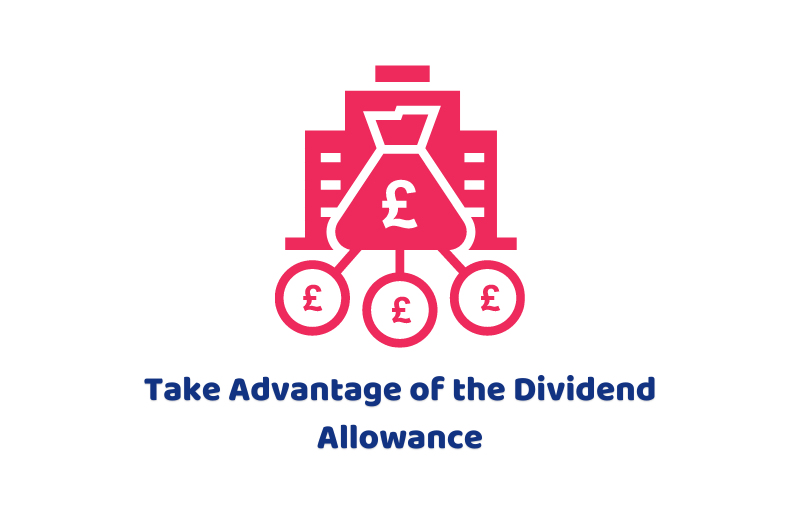Where a business is operated as a family company, it is necessary to extract the profits from the company in order to use them outside the company for personal use, such as to meet living expenses. Extracting profits may trigger further tax and National Insurance liabilities, and when formulating a strategy, it is advisable to extract profits in as tax-efficient manner as possible. What this will look like will, to a certain extent, depend on individual circumstances. However, that said, a popular and tax-efficient profit extraction strategy is to take a small salary and extract further profits as dividends.
For 2022/23, assuming the personal allowance is not used elsewhere, the optimal salary is equal to the primary threshold of £11,908 where the employment allowance is not available and equal to the personal allowance of £12,570 where the employment allowance is available to shelter employer’s National Insurance.
Dividend Allowance
The dividend allowance is not an allowance as such. Rather, it is a zero-rate band. Where dividends fall within this band, they are taxed at a zero rate so that they are free of tax in the hands of the shareholder. The dividend allowance is available to all taxpayers, regardless of their marginal rate of tax. For 2022/23, the dividend allowance is set at £2,000. Dividends are taxed as the top slice of income and the dividend allowance uses up part of the tax band in which it falls.
Dividend Policy
In a family company scenario, the availability of the dividend allowance can be used to drive dividend policy. However, when paying dividends to utilise available dividend allowances, it should be remembered that dividends can only be paid out of retained profits and must be paid in accordance with shareholdings. This can be overcome by the use of an alphabet share structure by which each shareholder has their own Class of shares, e.g. A ordinary shares, B ordinary shares, C ordinary shares, etc, and which provides flexibility to tailor dividends to individual circumstances.
Dividends are paid from post-tax profits and have already suffered corporation tax.
To prevent dividend allowances being wasted and optimise the opportunity to extract profits without triggering further tax liabilities, in a family company scenario it makes sense to make family members shareholders, even if they have other income and do not work in the company. The benefits are illustrated by the following case study.
Case Study
Dave is the director of a family company DJ Ltd. His wife and two grown-up daughters are shareholders in the company. Dave has 100 A ordinary shares, his wife has 100 B ordinary shares and his daughters, Delia and Diane, have, respectively, 100 C ordinary shared and 100 B ordinary shares.
The company has made a post-tax profit of £20,000 that Dave wishes to extract. Dave has received a salary of £12,570 from the company, as does his wife, Debbie. Both Dave and Debbie have income from property and pay tax at the higher rate.
If a dividend of £200 per share is declared for A class shares, Dave will receive a dividend of £20,000. After deducting the dividend allowance of £2,000, the balance of £18,000 is taxed at 33.75% — a tax bill of £6,075.
If, instead, the company declares a dividend of £1,400 per share for A class shareholders and a dividend of £20 per share for B, C and D Class shareholders, Dave will receive a dividend of £14,000 and his wife and daughters will each receive a dividend of £2,000.
In this scenario, Dave will pay tax of £4,050 on his dividend (33.75% (£14,000 – £2,000)). However, his wife and daughters will receive their dividends tax-free as they are sheltered by their dividend allowances.
By using an alphabet share structure and taking advantage of family members’ dividend allowances, the combined tax bill has been reduced by £2,025.
If his daughters have not fully utilised their basic rate bands, changing the dividend mix to make use of this can produce further savings.
Partner Note: ITA 2007, s. 13A

